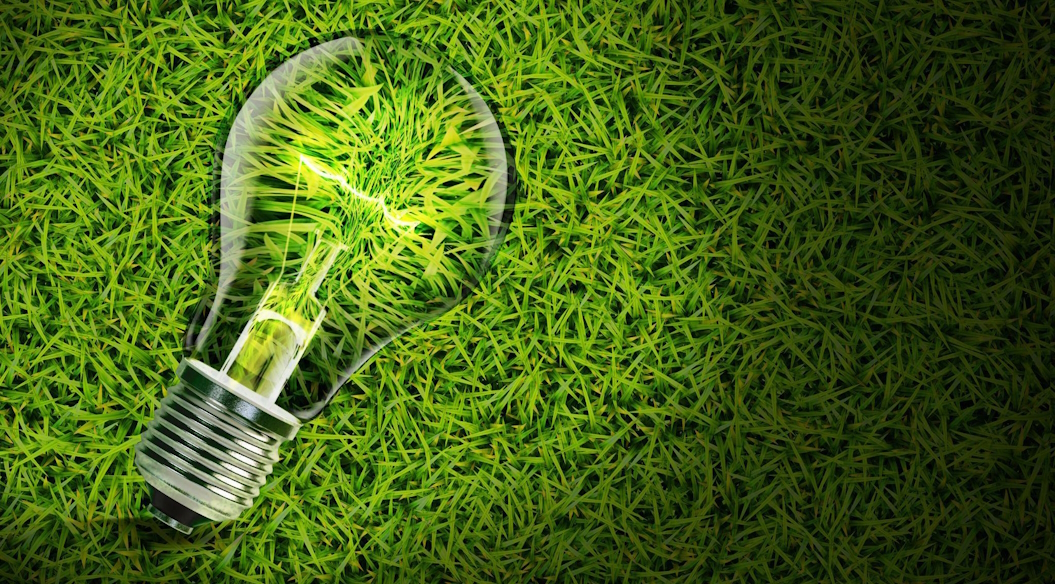Rethinking Lighting: A Deep Dive into Eco-Friendly Options

As the spotlight increasingly falls on climate change, our individual and collective responsibilities to address this global concern are more pronounced than ever. One of the fundamental aspects of our everyday lives that warrants an urgent rethink is our choice of lighting solutions. Traditional incandescent light bulbs, though popular, contribute significantly to energy consumption and negative environmental impacts. Today, an array of eco-friendly lighting options is altering the landscape of artificial illumination, offering us a viable avenue for sustainable living. This shift is not just crucial for green living today, but it also offers compelling implications for the welfare of future generations. As we delve further into this topic, we invite you to reflect on the various facets of eco-friendly lighting, their benefits and the potential they hold for our shared, sustainable future.
The Growing Importance of Eco-Friendly Lighting
With climate change escalating at an alarming rate, traditional lighting, which contributes heavily to carbon emissions, is being scrutinised ambivalently. Inefficient incandescent light bulbs consume excess energy, exacerbating our already severe carbon footprint. Additionally, these non-recyclable bulbs contribute significantly to landfill waste, creating a problematic disposal narrative. In stark contrast, eco-friendly lighting promises to mitigate these adverse effects. By economising energy consumption and reducing the waste produced, we move substantially closer to realising sustainable living.
Furthermore, installing energy-efficient and eco-friendly lighting is a pragmatic way of aligning with global environmental policies. The commitment to bolstering energy efficiency and decreasing carbon emissions is inscribed in international agreements, like the Paris Climate Agreement. Multiple industries around the globe, including manufacturing and construction, have reported significant improvements in their energy consumption rates and cost-effectiveness after adopting eco-friendly lighting. This is, indeed, encouraging for homeowners and other sectors considering the transition.
An Overview of Available Eco-Friendly Lighting Options
One of the most commonly used eco-friendly lighting options today is the LED (Light-Emitting Diode) light. LED lights offer an impressive lifespan that is almost 25 times longer than conventional light bulbs. Additionally, they cut down energy usage by about 75%, thereby reducing energy bills and the strain on our environment.
The Compact Fluorescent Lamps (CFLs), with their trademark twisted design, have also made a mark in the domain of energy-efficient lighting. The US Department of Energy advocates CFLs as a worthy replacement for incandescent bulbs, citing that these bulbs use about one-third of the energy and last up to ten times longer.
The advent of solar lighting has further diversified the field of eco-friendly lighting. While outdoor solar lights have been a favourite for yard and pathway illumination, recent technological enhancements have made indoor solar lighting a reality. An increasingly captivating concept in the energy efficiency ambit is smart lighting systems. From motion-activated lights to automatic dimming and convenient remote control access, smart lighting stands as a shining beacon in an electrician’s solution to eco-friendly lighting.
Cost Analysis: Eco-Friendly Lighting Vs Traditional Lighting
The initial purchasing cost of eco-friendly lighting options is often higher compared to traditional incandescent bulbs. However, viewing this cost through a long-term lens alters the perspective significantly. Traditional light bulbs necessitate frequent replacements due to their lesser lifespan. The combined expenditure of these replacements, cumbersome energy bills and regular maintenance quickly add up to a considerable amount.
On the other hand, eco-friendly lighting options, owing to their longevity, require minimal replacements. Their superior energy efficiency translates to lower energy consumption and, consequently, reduced energy bills. Essentially, the initial investment on eco-friendly lighting is quickly recouped through savings on energy costs and maintenance.
Overcoming Challenges in Adopting Eco-Friendly Lighting
Making the shift to eco-friendly lighting is not without its challenges. Misconceptions about the cost and practicality of these alternatives persist and may deter potential adopters. Furthermore, there can also be technical difficulties in integrating these lighting systems into existing setups. However, these challenges are not insurmountable.
By educating individuals and communities about the long-term benefits and savings of eco-friendly lighting, we can address these misconceptions. As for technical challenges, several resources from government programs and private entities offer expert guidance and subsidies for eco-friendly initiatives.
The Future of Eco-Friendly Lighting
With further technological advancements, the future of eco-friendly lighting holds bright potential. Government policies and business strategies are expected to couple with innovative breakthroughs, paving the way towards more sustainable, efficient and user-friendly lighting solutions. Eco-friendly lighting is also likely to see a surge in its popularity, driven by increased awareness and governmental incentives.
As we look towards the future, it seems plausible that home and business owners will continue to shift towards greener and more efficient lighting options. This evolution promises both individual benefits, like reduced energy bills, and collective gains in the form of lesser energy consumption and carbon emissions.
Conclusion
In conclusion, the journey to sustainable living is multi-faceted, and our choices of lighting play a pivotal role in it. The various eco-friendly lighting options presented today not only help us decrease our carbon footprint but also offer significant saving potentials. Transitioning to these environmentally responsible alternatives empowers each one of us to contribute to global carbon reduction efforts actively. We believe it is time to rethink our illumination choices, and by doing so, we can each play a part in preserving our environment and lighting the way to a sustainable future.



